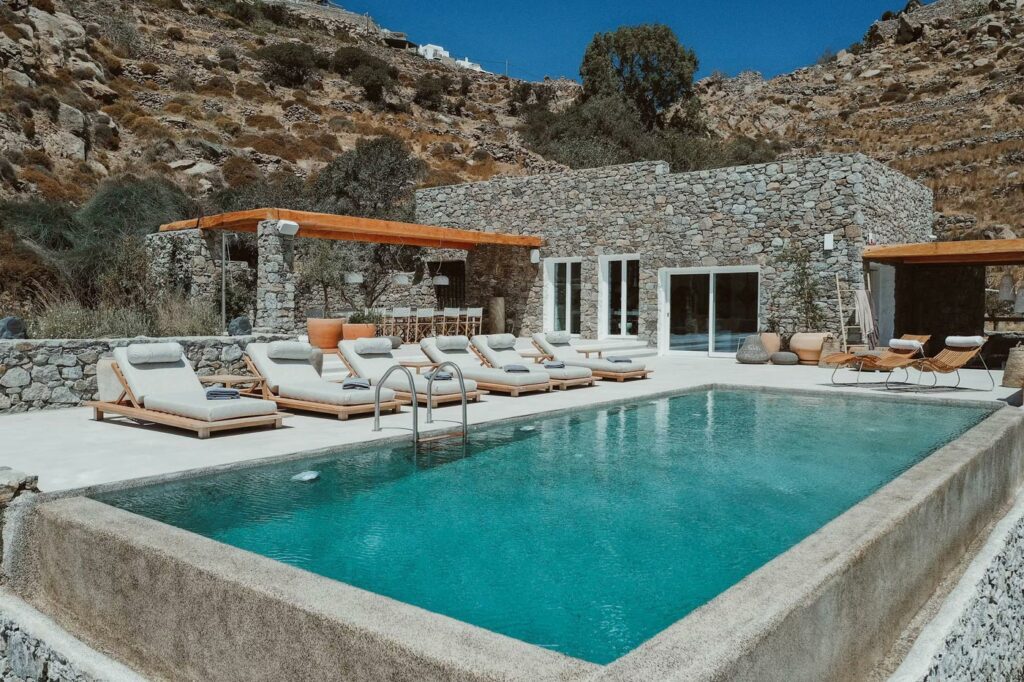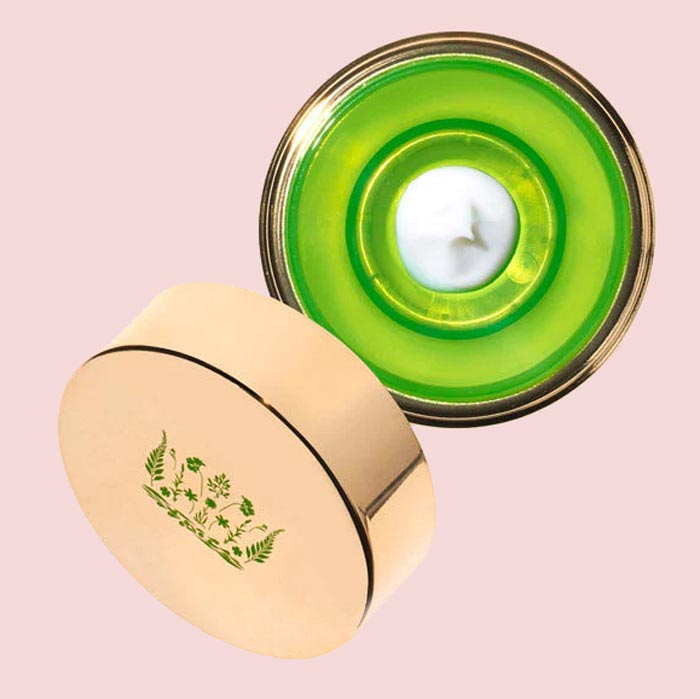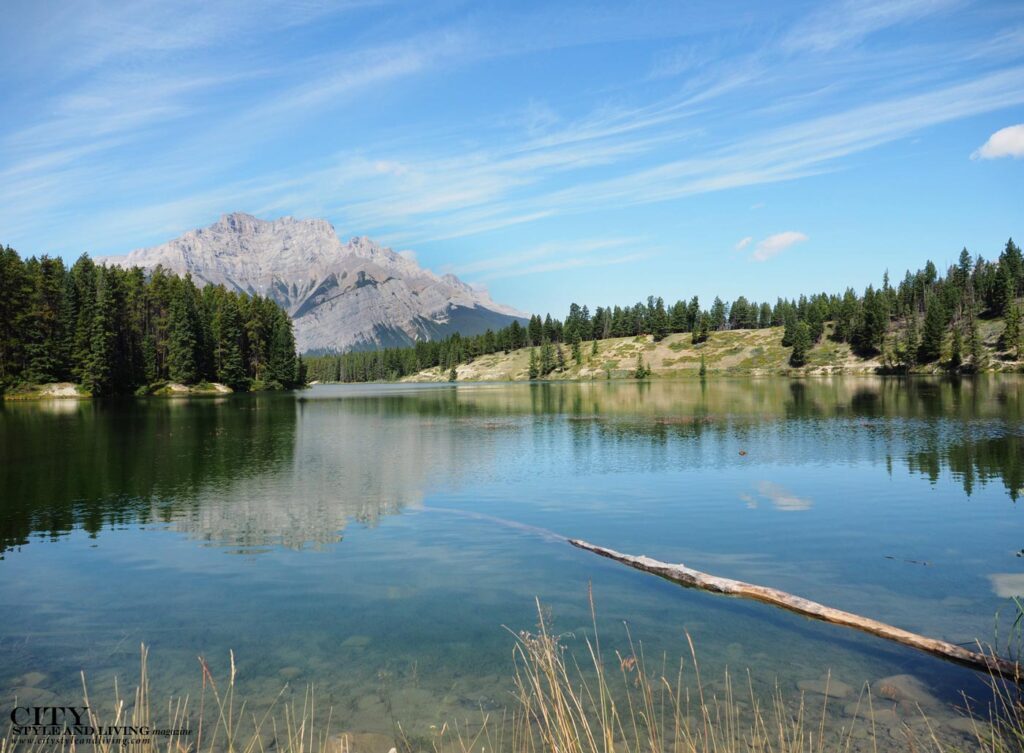
Jim Fetzer on the story behind the newest old tradition in wine: biodynamic wine.
Q. What is biodynamic wine?
A. Biodynamic wine is Wine Made from certified Biodynamic grapes fermented with wild yeast, no use of enzymes or other synthetic additives.
What does the process of converting to biodynamic entail?
Converting from conventional farming is 3 years of no synthetic materials, growth hormones and antibiotics. Converting from Organic it is two years of using biodynamic preparations and adhering to all biodynamic regulations. More information to be found at www.demeterbta.com
What is the reason for the current growing popularity of biodynamic wine amongst consumers?
With organic standards being weakened by the USDA there is a growing demand for the highest integrity and quality of product witch biodynamic can represent.
What are the benefits of certification through Demeter?
The benefits of certification are that we have 3rd party endorsement, transparency, and certification. Without this anyone can claim to be biodynamic as would be the case in organic certification.
Biodynamic practices take a holistic view – why is that important or relevant to viticulture?
The vine is a living plant and the physiology of the plant reacts to the cosmic, lunar, and solar forces surrounding it so it is important that we weave our cultural practices into these forces.
What have been the noticeable benefits of biodynamics?
The beauty of the farm and being able to walk through and harvest its bounty from fruits, vegetables, eggs, meat, herbs, flowers, essential oils, olive oil, wine and all the other products involved. It’s also very exciting to see the response of the visitors and how they respond to the farm. In reality 100 years ago most farms were Biodynamic with the diversity of plant and animal life and the farmer understanding the rhythms of nature much more then today.
Could you explain more about the shades of green and what it means?
Shades of green was an idea we came up with to simply show the progression of farming styles from conventional to Biodynamic.
How do lunar cycles affect growing?
With full moon we have the pull of levity and with the dark of the moon we have the most gravitational pull. So if you were to rack wine off its lees and separate it from its sediment you would rack the wine at the dark of the moon while gravity keeps the sediment to the bottom of the barrel.
For a consumer who has never tasted biodynamic wine – what would you say to convince them to try?
I would ask them if they would prefer to taste the most authentic expression of the terrior verses the synthetic expression of terrior.
What do you foresee for the future of biodynamics?
I see continued growth in biodynamics as the consumer looks for the highest quality in what they are putting into there bodies.
For more on Jim Fetzer and Biodynamic Wine see the Spring 2009 issue of City Style and Living Magazine, here.












